Honorine Burlin
Extant
Cintegabelle, Midi-Pyrénées, 31550, France
Following Burlin’s death, her husband Julién has continued to take care of the site, repainting the sculptures and maintaining the area. He is happy to welcome visitors to view the work of his wife. Part of her work is preserved at the Museum Les Amoureux d’Angélique in Carla Bayle in the Ariège, and other works were given to family and friends. Roughly half of Honorine Burlin’s oeuvre is still viewable, however, in the garden in front of her house.
About the Artist/Site
Female creators are not very numerous in the field of art brut; in the collection of the Musée de l’Art Brut in Lausanne they comprise, at most, ten percent. In the field of art environments there are even less, and fewer still who have chosen to create art environments adorned with sculptures made from cement. To the knowledge of this writer, Honorine Burlin is the only female creator-builder of an art environment in France.
Burlin’s father was a carpenter, and she always loved “tinkering,” according to her widower, Julién. She began her artistic efforts carving wood, primarily small animals like horses and cows. When she and Julién settled in Cintegabelle in 1976, however, she was unable to find the right kind of wood to carve. Then she tried her hand at plaster, but it dried too fast, so she switched to a cement mortar.
Burlin would fabricate an infrastructure out of iron rods and chicken wire; she then would cover this model with cement, modelling it with her bare hands, since she felt that gloves prevented her from really “feeling” the surface of her work. But over time, the harshness of the medium took a toll, and by 2005 she could no longer bear the cement on her hands; at that time, she stopped making sculptures altogether.
Burlin’s subjects included many animals, including a cow with calves, sheep, a rooster, a goose, a peacock, a turkey, and horses. But beyond the kinds of domesticated animals one would expect to see in a French farmyard, she also constructed a penguin, a lion, and a monkey eating a banana. She also created figurative images, both of locals—a farmers ploughing his fields, another leading his oxen, and yet another sitting on his cart; a gardener with his wheelbarrow; and a peasant woman with her stick—and also well-known personalities from television and theatre. Among these are Nicolas the gardener and Pierre Perret, but also French actor/singers Fernandel and André Bourvil, and singer Mareille Mathieu.
The parade of exotic and domestic animals in the garden is presided over by a statue of the Virgin, clearly the largest work. Nicholas the gardener is next largest in size, but many of the others are small, around 50 cm (20”) in height. Perhaps the variable size of her works is based on how important Burlin felt them to be. All, however, seem to know where they are headed. At the very end of the procession, with its back to everyone, is Burlin’s green parrot, a representation of the one that she carried on her shoulder for a long time.
In 1999 several of Burlin’s works were included in an exhibition in Toulouse, which also included works by several other self-taught artists from the region. Articles in the local press, in the magazine Zon’art, and two regional television reports introduced her work to many people, including those who like self-taught art and art environments. She enjoyed learning about the work of other artists, as well, and, for example, visited René Escaffre in Roumens several times with her husband.
Burlin worked on her creations for 25-30 years, spending every moment that wasn’t allotted to her “real” garden and animals. She never made preparatory drawings; when she had an idea, she directly attacked the material, and, according to Julién, during those hours she did not like to be bothered. If she decided she didn’t like the result of her work, she would demolish it completely and start all over.
Following Burlin’s death, her husband Julién has continued to take care of the site, repainting the sculptures and maintaining the area. He is happy to welcome visitors to view the work of his wife. Part of her work is preserved at the Museum Les Amoureux d’Angélique in Carla Bayle in the Ariège, and other works were given to family and friends. Roughly half of Honorine Burlin’s oeuvre is still viewable, however, in the garden in front of her house.
~Jean-Louis Bigou
Translated by Henk van Es
Map & Site Information
Cintegabelle, Midi-Pyrénées, 31550
fr
Latitude/Longitude: 43.313989 / 1.53157
Nearby Environments
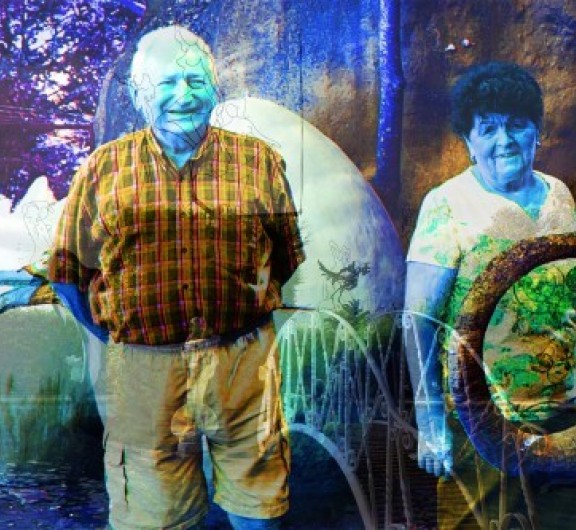
Le zoo pas ordinaire de Georgette and Hubert (Georgette and Hubert's Not-So-Ordinary Zoo)
Saint-Martin-Lalande, Languedoc-Roussillon


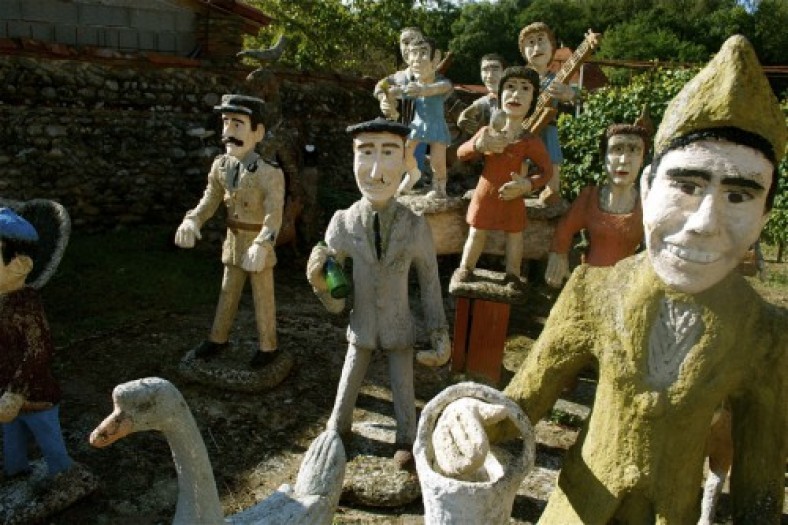
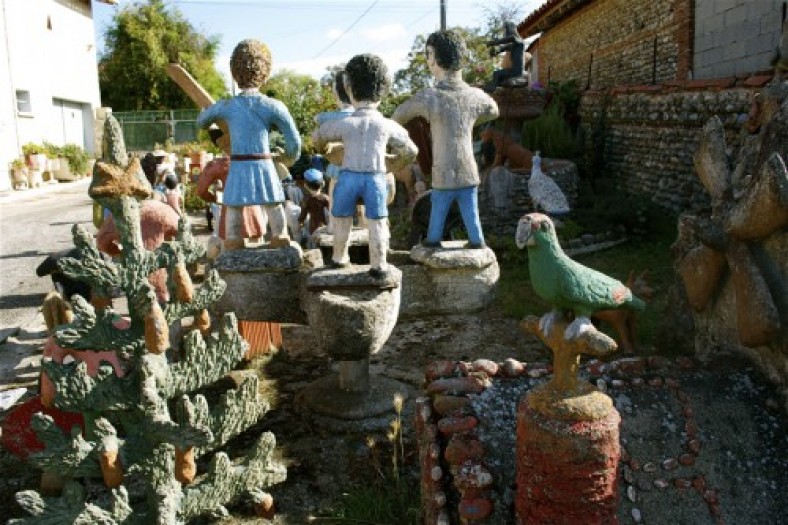
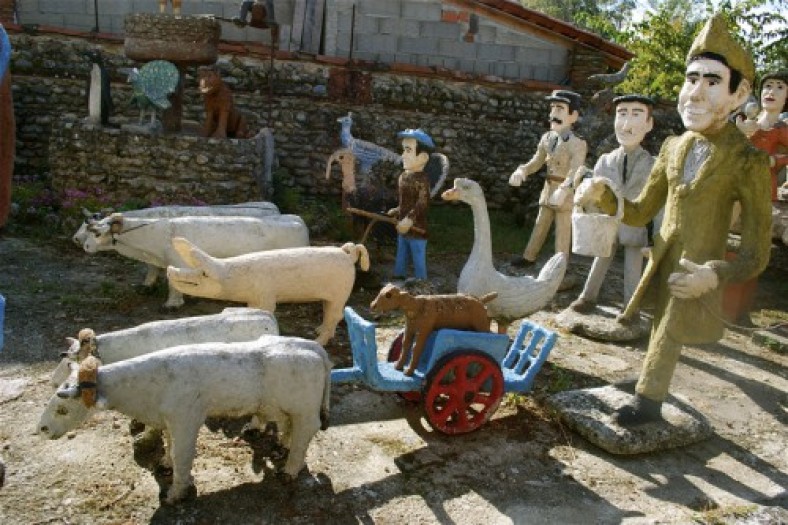
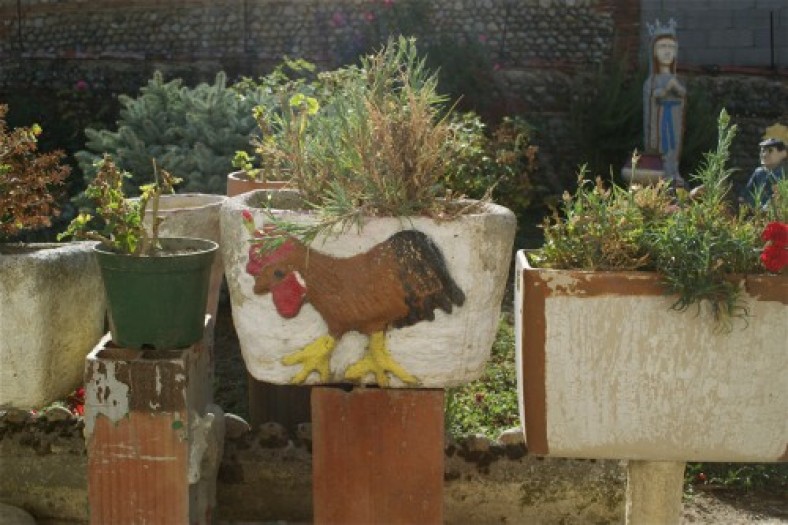
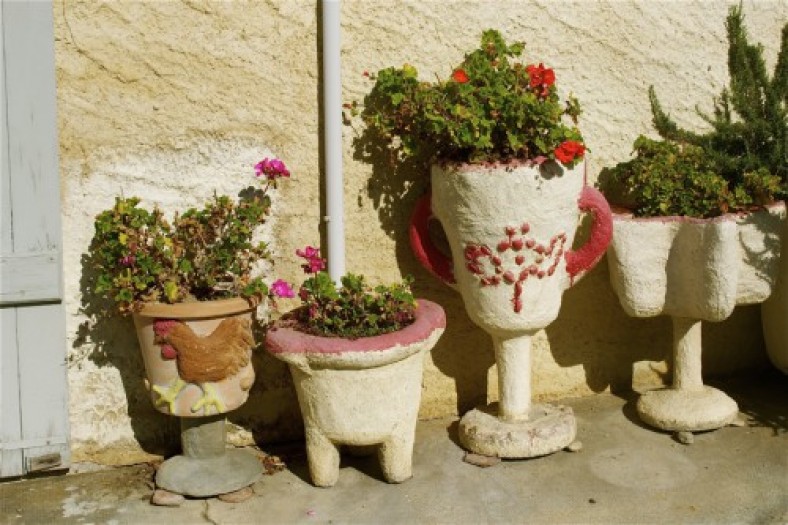
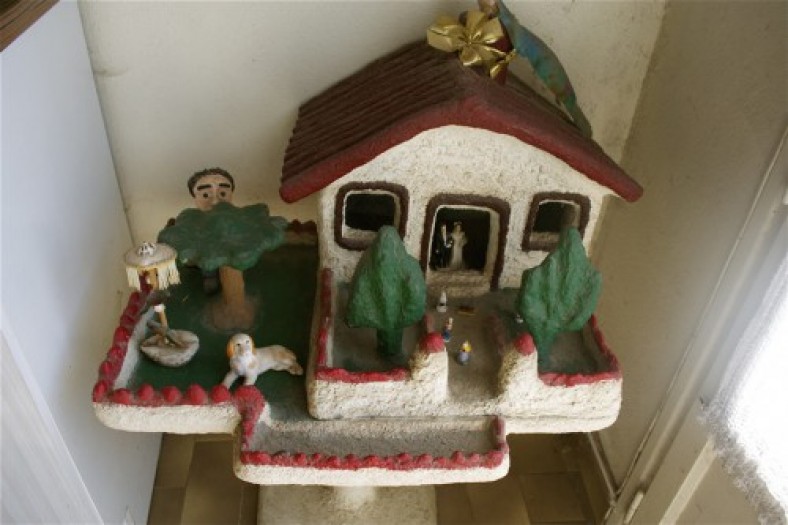
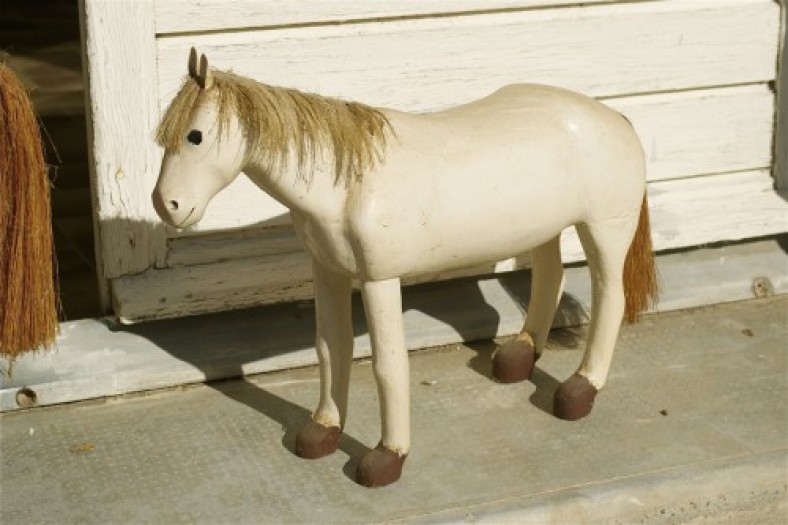
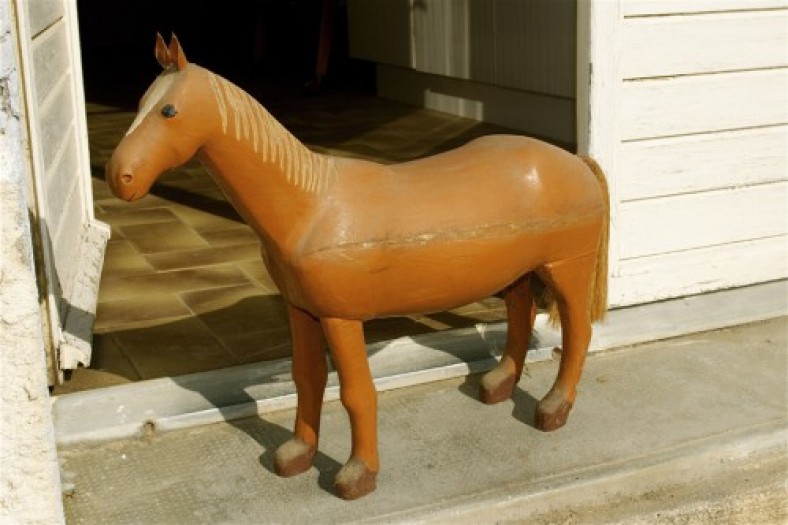
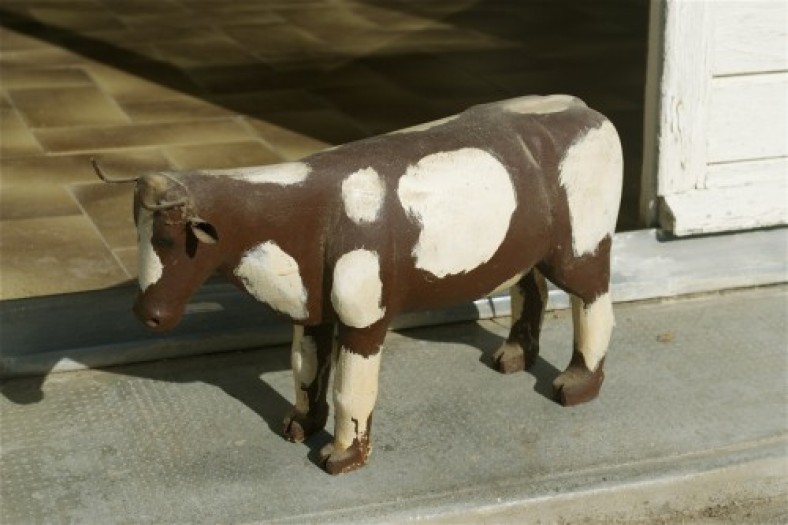
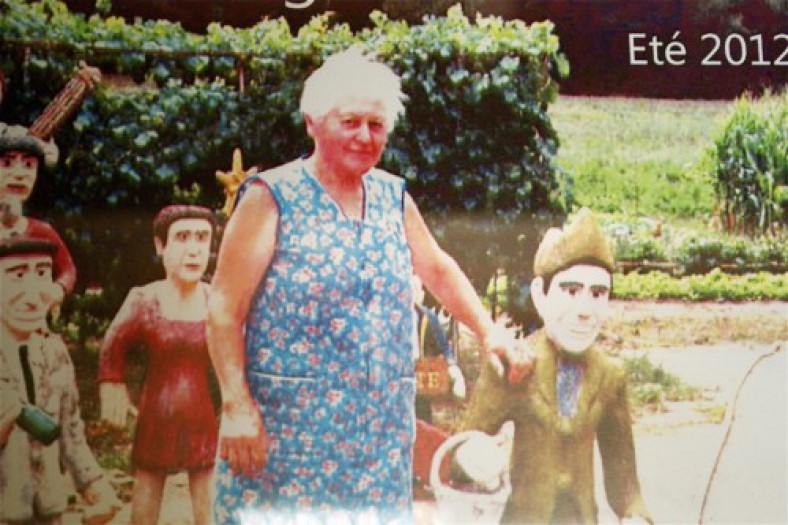
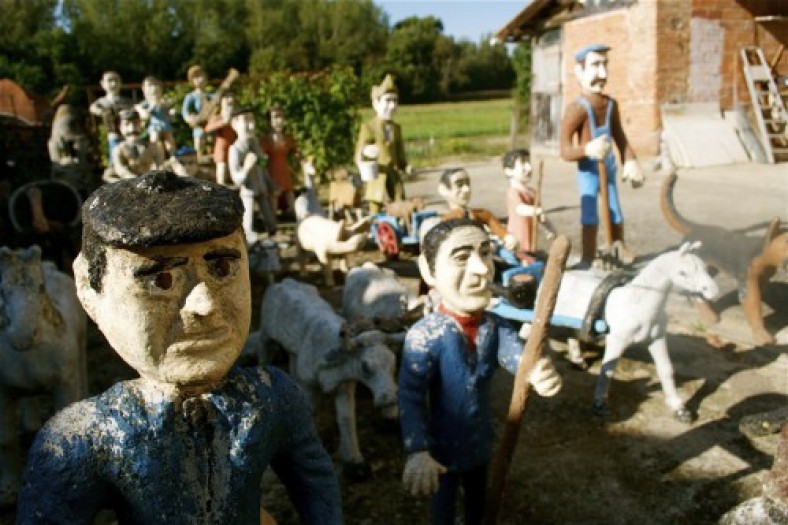
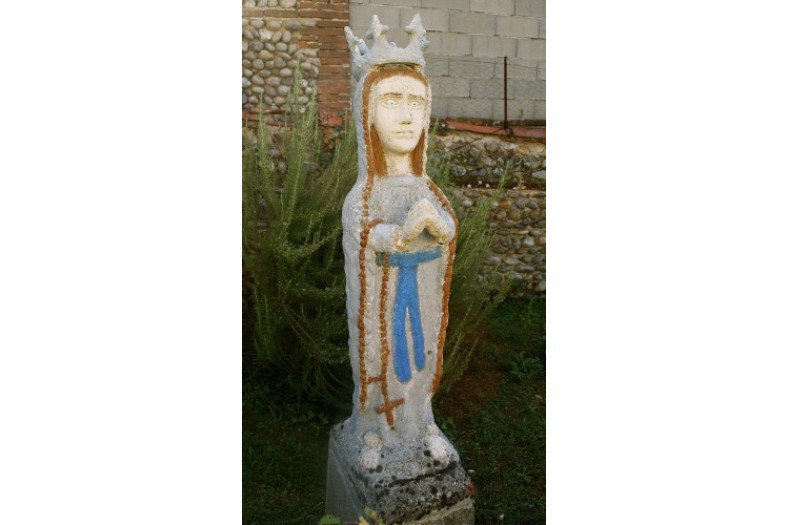
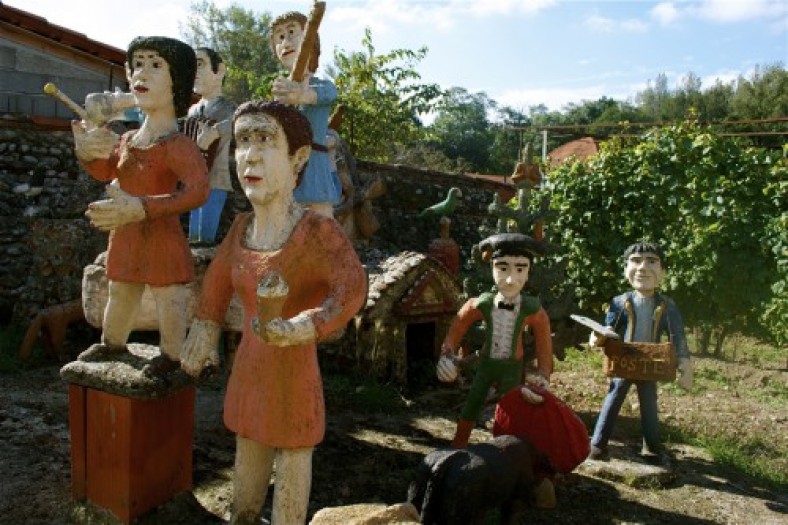
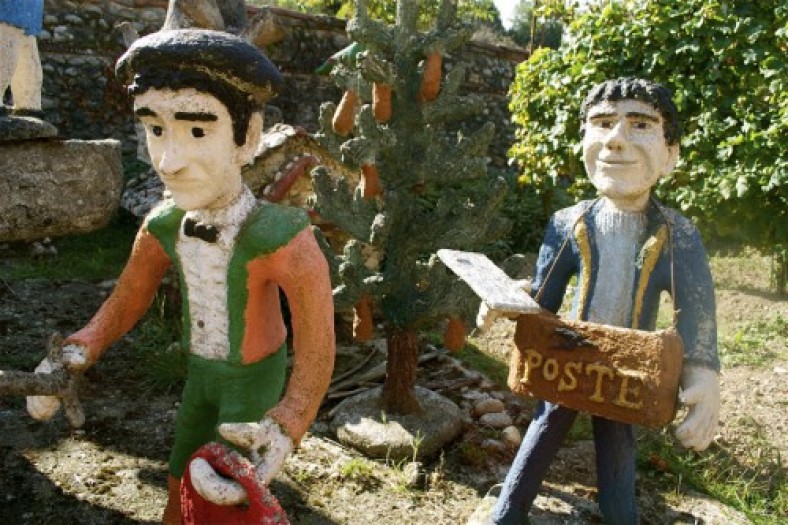
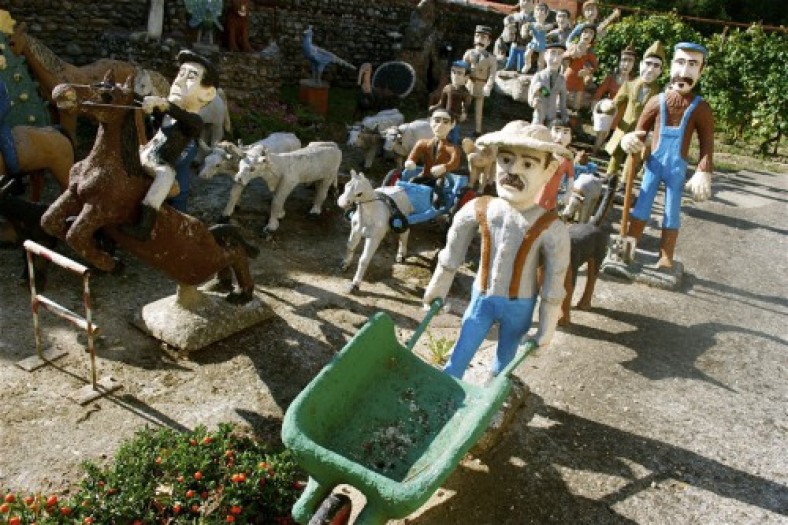
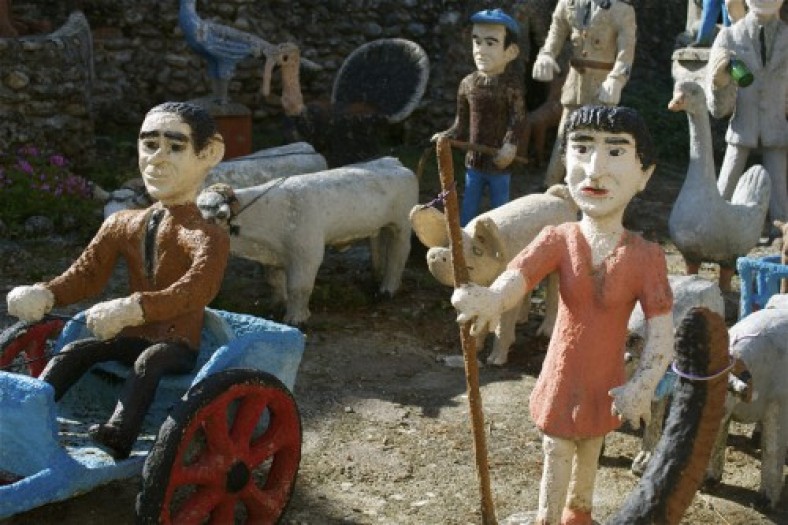
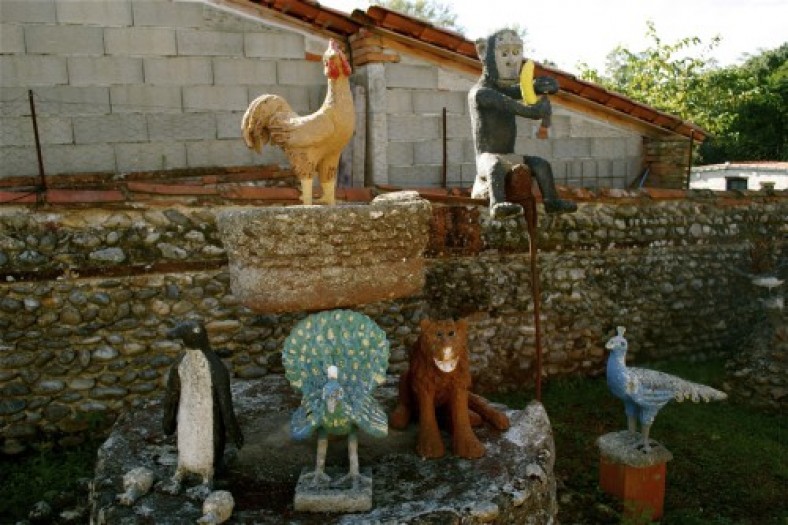
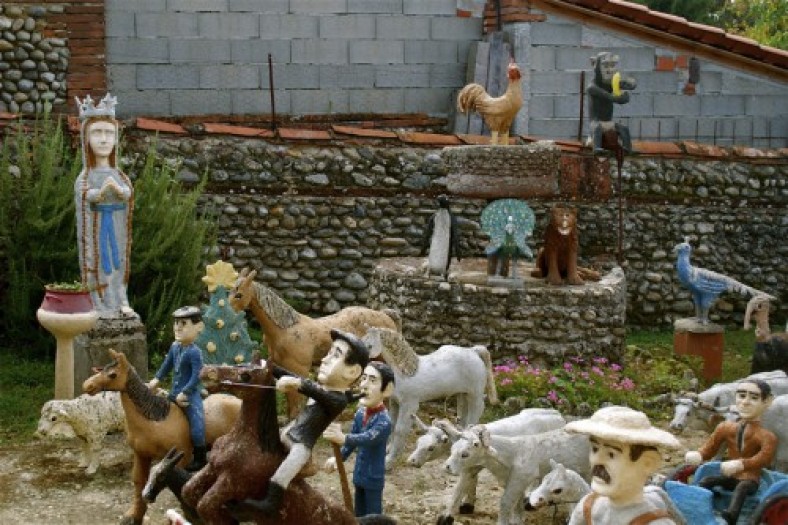
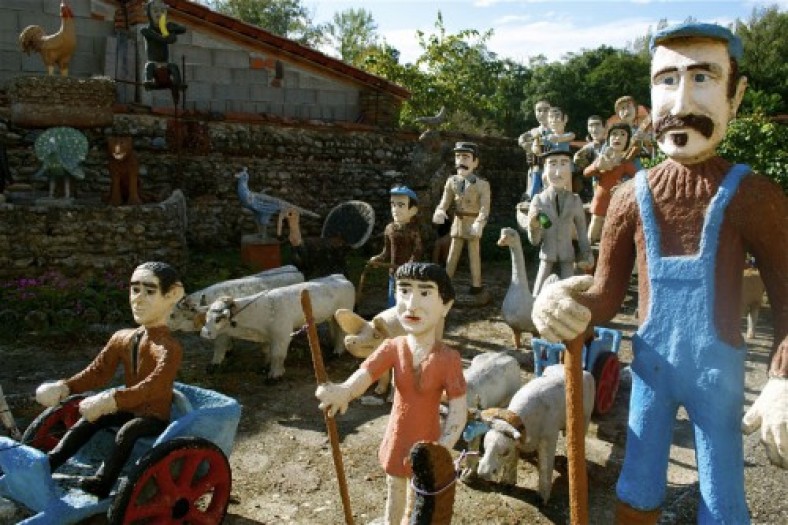
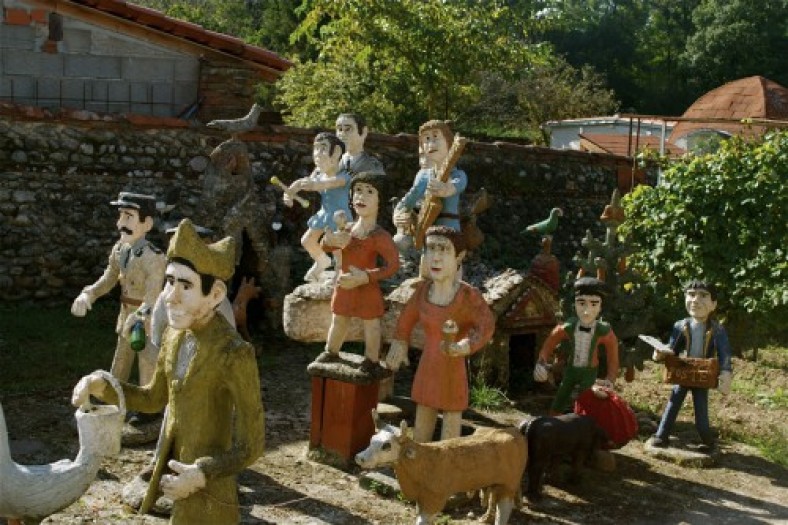
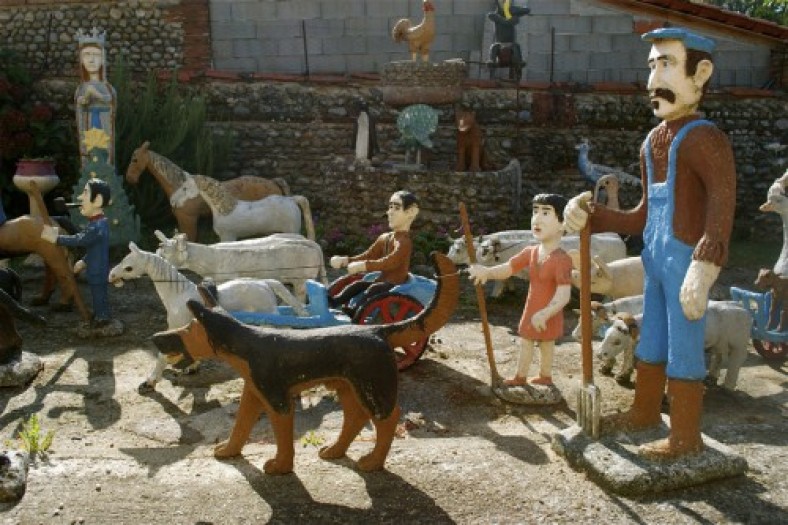
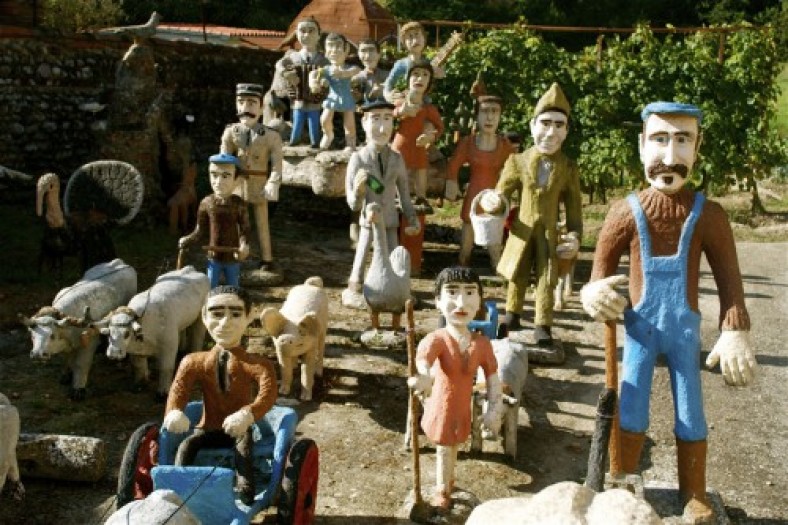
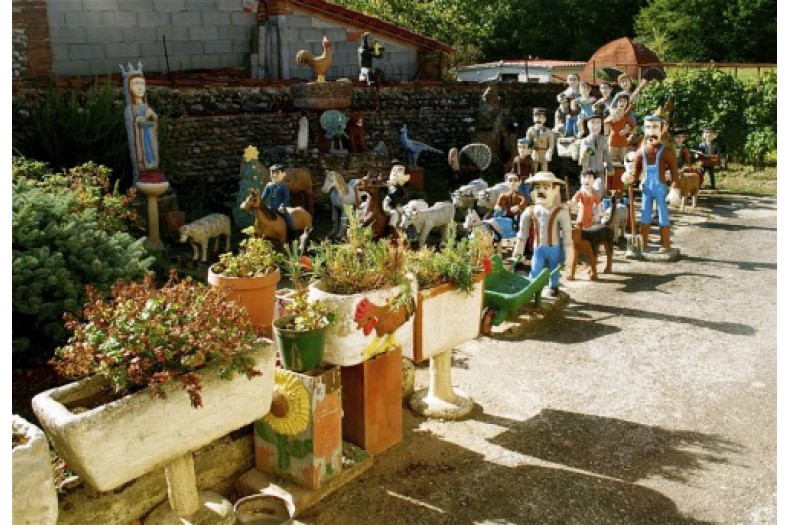
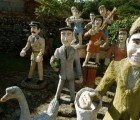
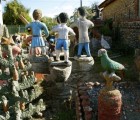
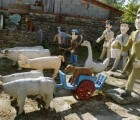
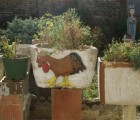
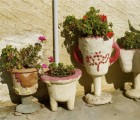
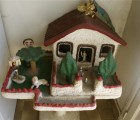
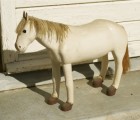
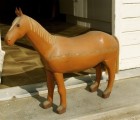
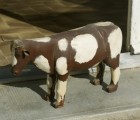
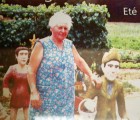
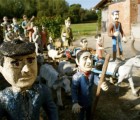
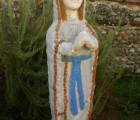
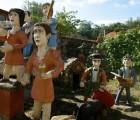
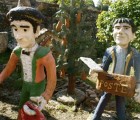
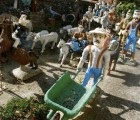
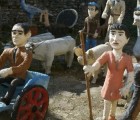
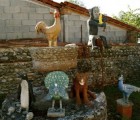
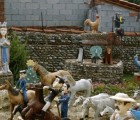

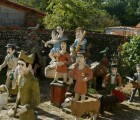
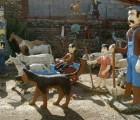
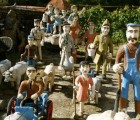
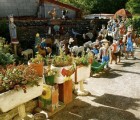

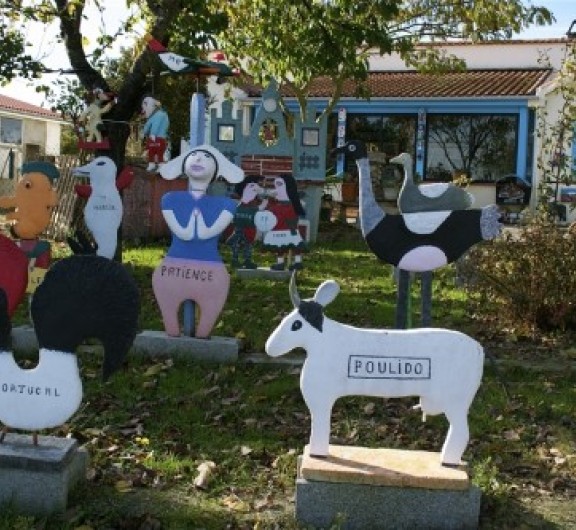
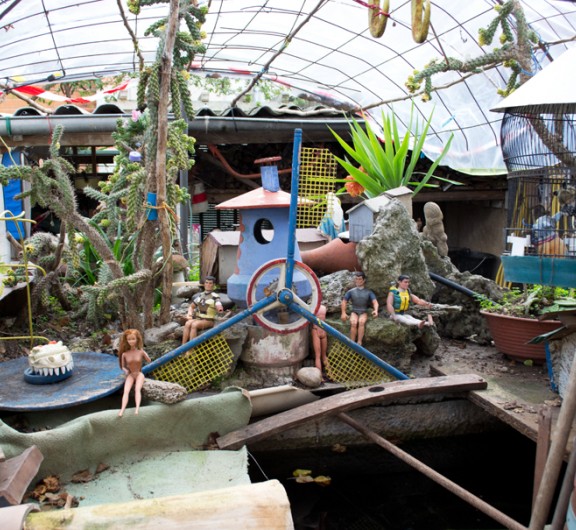
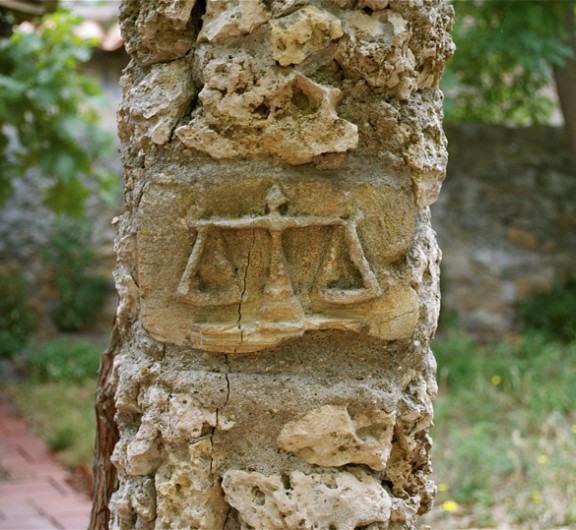

Post your comment
Comments
No one has commented on this page yet.